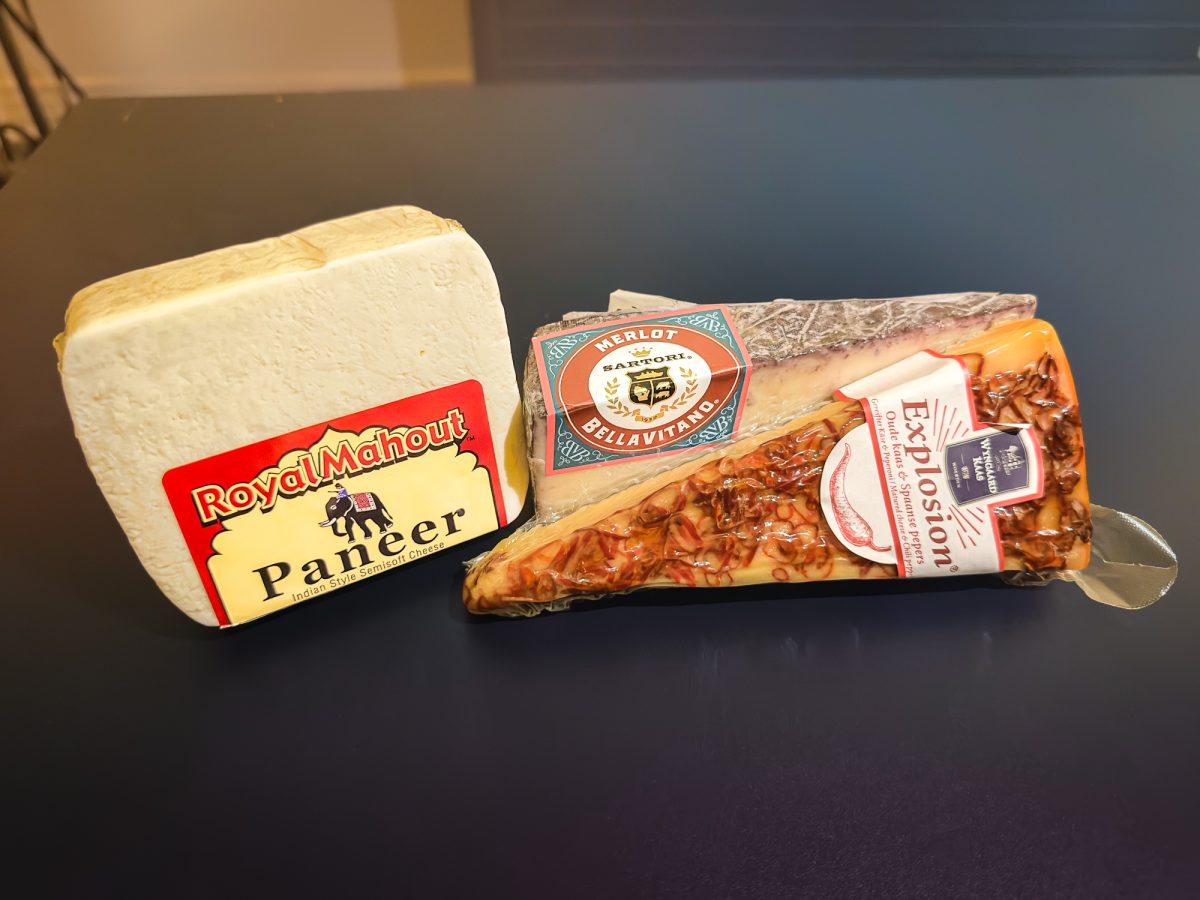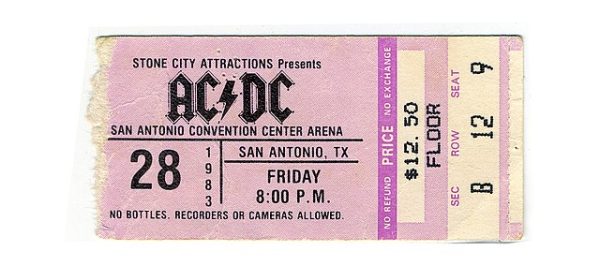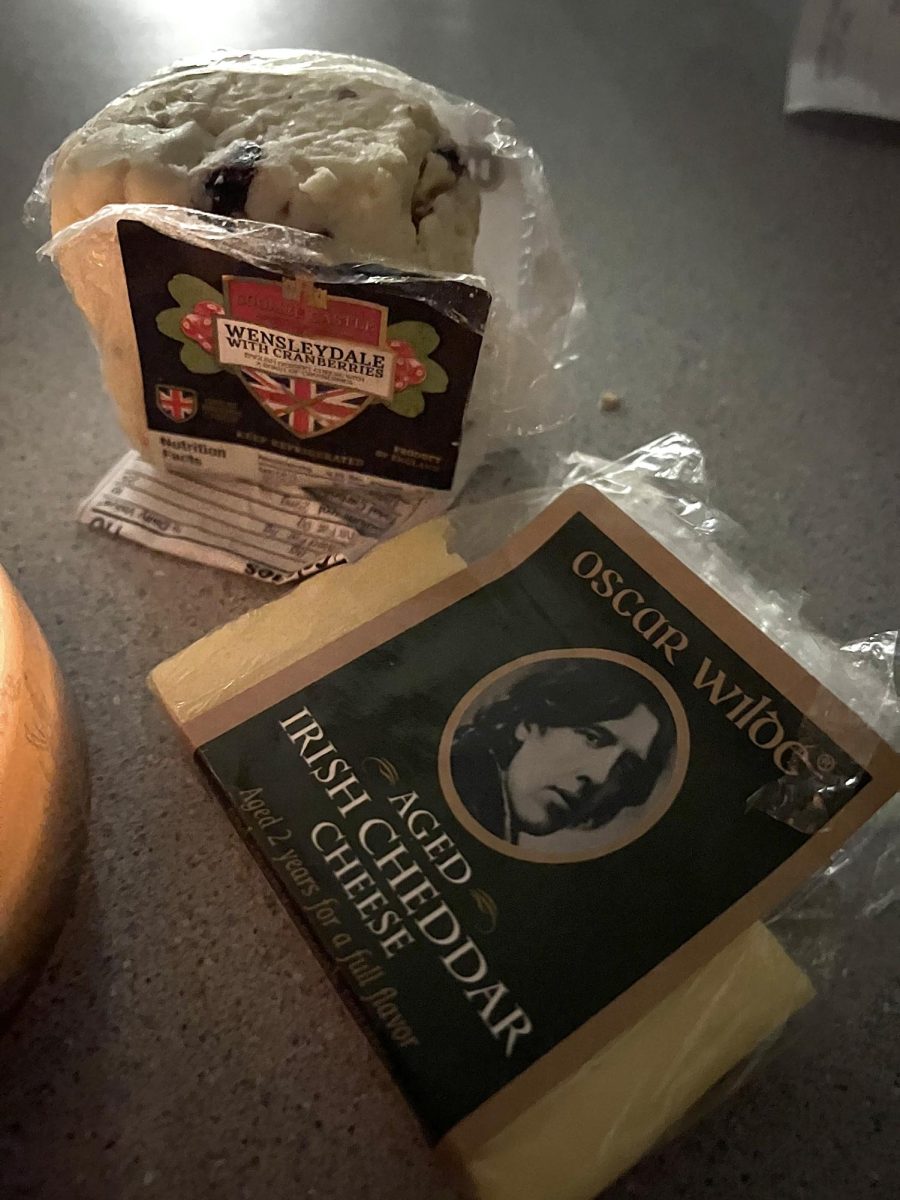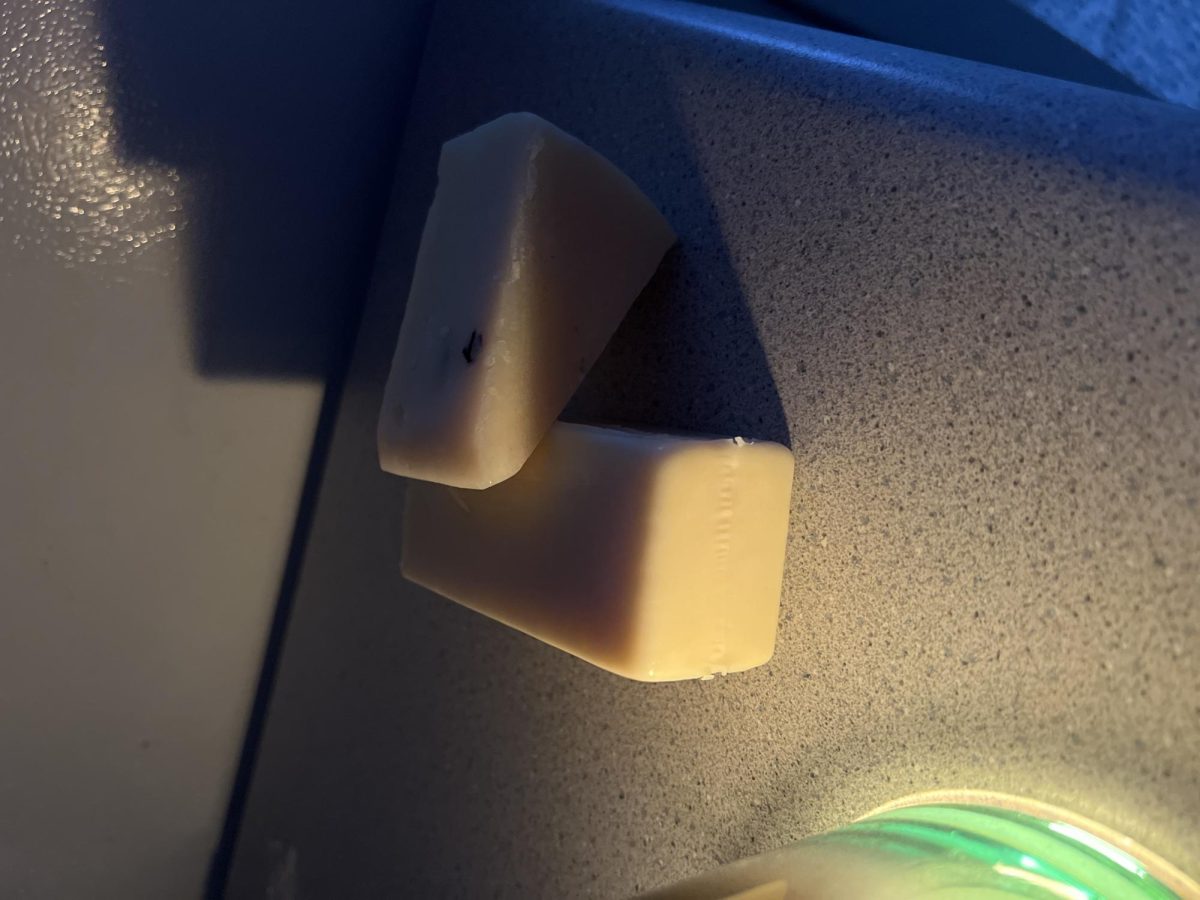Now that the Halloween season has come to an end and we have all taken off our masks and shed our costumes, it’s time to face the facts. Halloween marks the beginning of an overconsumption season in the U.S. that won’t slow down any time soon with Thanksgiving and Christmas approaching.
This year, Halloween spending was expected to exceed $12 billion, according to the National Retail Federation. This projected Halloween spending includes expected costs of candy, décor, costumes and party supplies.
If you are like me and went out this Halloween, you have seen a myriad of costumes: from the creative to the repetitive. I asked 20 people for their costume convictions and received some interesting and obvious answers.
This year, I felt the costumes were underwhelming. There were just a little too many angels, devils, cops, prisoners, vampires and pirates walking the streets at night. My survey found that 42% of participants reported they are “tired” of these costumes.
These overdone costumes are boring and a waste of money (if you’re buying new). According to Zippia, a career guidance website, Spirit Halloween makes around $1.1 billion per year on costume and décor sales. The Halloween store opens the first week of August and closes around the first week of November after they’ve been cleaned out by hordes of costume lovers.
In addition to being an expensive holiday for consumers, Halloween also produces a lot of excess waste. Around 35 million Halloween costumes are thrown out each year, producing nearly 12 million pounds of mostly non-recyclable waste. And that’s just costumes. Pumpkins, candy and decorations all contribute to holiday-related waste.
My opinion is, if you’re going to contribute to all this waste, at least make it worthwhile with a cool costume. There’s always that one guy who shows up with no costume at all, or even worse — they show up in something racist or offensive.
To help reduce your future waste contributions, try buying from thrift stores or local businesses to make your killer costume. You could also shop your closet or expand it with pieces that will work in and out of costume. Additionally, if you’re done with a costume or don’t plan on re-wearing it after the Halloween season, try donating it to your local thrift store.
Halloween also fosters a ton of food waste via pumpkins and candy. Pumpkins are used for decorations and then discarded where they sit and rot in landfills. Approximately 1.5 billion pounds of pumpkins are grown each year: only one-fifth of them are used for food. Yes, that pumpkin that you carved is edible and useful! Pumpkins can be discarded in more sustainable ways than just dumping them in the trash bin. They make great compost and are fun to smash to give your garden an extra umph.
With Thanksgiving and Christmas swiftly approaching, we should be thinking about how to minimize our holiday waste to help the planet. Around 305 million pounds of food is discarded from Thanksgiving dinner alone and Christmas festivities increase American household trash by 25%.
Instead of wasting those leftovers from Thanksgiving dinner, try composting or giving food away to someone who needs it. There are always food drives around the holidays that need your help. Did you receive a T-shirt from your aunt that isn’t quite your style for Christmas? Donate it to someone who will think it’s the bee’s knees.




















